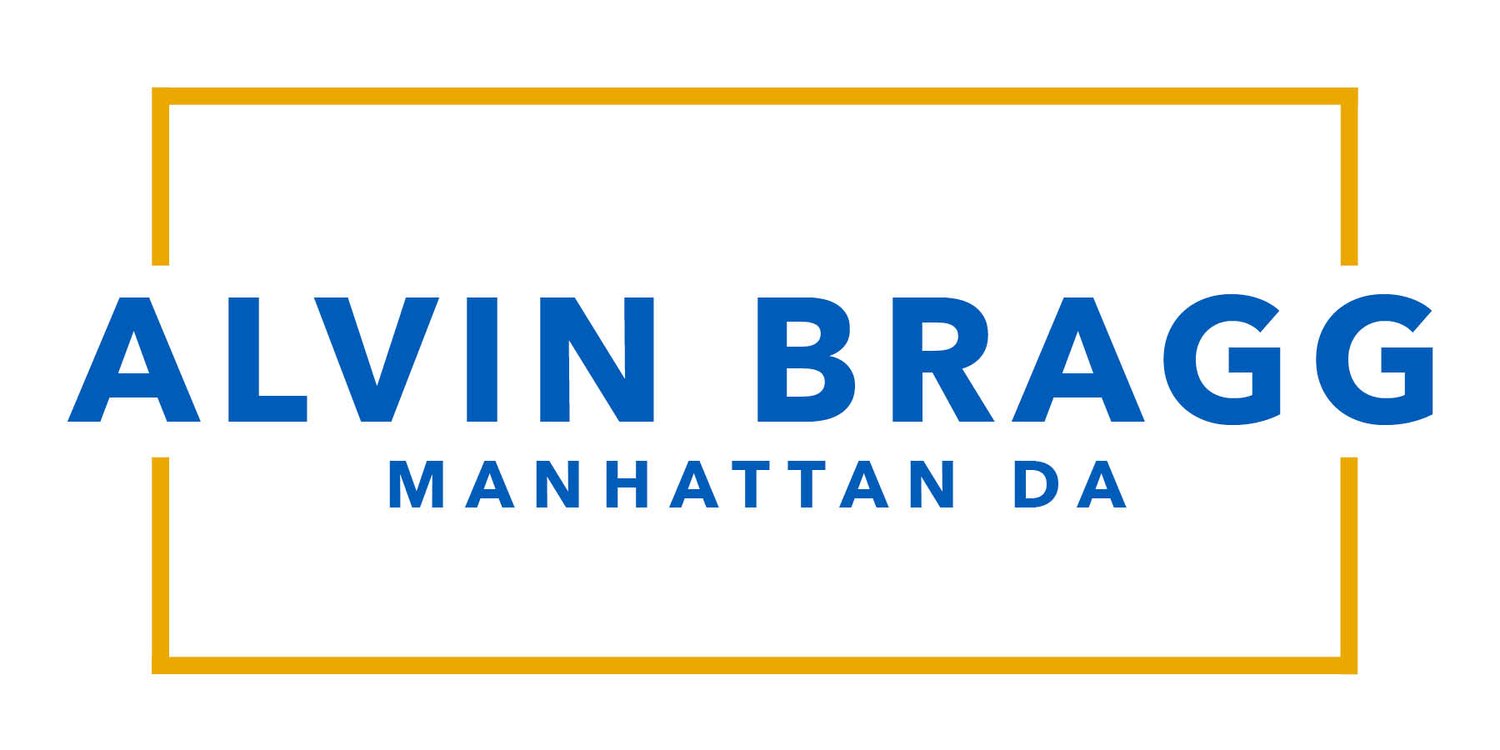LAW.COM
One of Manhattan District Attorney Alvin Bragg’s promised changes to the DA’s office was an overhaul of the alternatives-to-incarceration program, which Bragg has described as a way to reduce recidivism while also helping people in need.
To lead the program, newly christened the Pathways for Public Safety Division, Bragg hired Sherene Crawford, a former Manhattan ADA who most recently served in a leadership role at the Center for Court Innovation.
Crawford’s experience working with people impacted by the criminal justice system goes back to her time as an undergraduate, when she worked in a women’s correctional facility facilitating incarcerated mothers’ visits with their children, she said.
After graduating from college, she worked with survivors of intimate partner violence at Safe Horizon and helped launch the city’s first Family Justice Center before going to law school, realizing along the way that the impact of the criminal justice system goes “beyond the person in front of you.”
“In each of these roles that I’ve had, I’ve really seen that,” she said. “For example, if you incarcerate a mother, how does that impact her children and their development and growth and experience in the world?”
After law school and a five-year stint as an ADA, Crawford worked at the National Network for Safe Communities and then the Institute for Innovation in Prosecution, both housed at John Jay College of Criminal Justice. Those roles gave her a chance to see what reform-oriented prosecutors were working on nationwide, confirming her view that criminal justice reform requires “really deep collaboration” across all parts of the system.
“What I’ve seen a lot, and what works well, is when you’ve got the prosecutor, the judge, the judiciary, the defense bar, community-based organizations, you get a better outcome and more lasting outcomes when you have that approach of working together,” she said.
In his effort to bring alternatives to incarceration to a place of greater prominence in the office, Bragg restructured the program, turning it into a division led by an executive-level staff member—Crawford—who reports directly to chief ADA Meg Reiss.
The next step is embedding senior ADAs as deputy bureau chiefs inside each of the office’s six trial bureaus, Crawford said. Those six jobs are still being filled through an internal and external search, she said.
“Traditionally, I think this kind of work has been more reactive—defense counsels know their clients best, and often they’re the ones coming forward at some point in the case to say hey, can we look at an alternative to incarceration or diversion,” Crawford said. “This way, the DA’s office is being more proactive.”
The plan is that the deputy bureau chiefs will screen cases as soon as they come into the office, or at least by the arraignment stage, and determine which ones are a good fit for diversion or ATI.
“I think by structure and then by operations, we’re really answering the call of addressing these underlying needs, getting to them quicker, more efficiently,” Crawford said. “And then I think, frankly, that naturally creates safety, because we don’t have cases lingering in the system for long periods of time before we’ve been able to start doing this work with individuals.”
Pathways’ work will be measured through traditional metrics like recidivism along with “somewhat anecdotal” reports on whether victims and communities are feeling safer, Crawford said.
“We do have a number of people who kind of cycle in and out of the system repeatedly,” she said. “Sometimes success might look like fewer contacts before we get to no contacts with the justice system.”
Crawford said the position of the DA’s office also gives it a chance to see where gaps exist in existing state, city and community services.
“As we know, there’s not sufficient treatment facilities, shelter beds, substance use in-patient, outpatient opportunities, so [we’ll be] able to track what the needs are and how they’re coming into the justice system, in this instance, and work with our partners to help fill those gaps,” she said.
